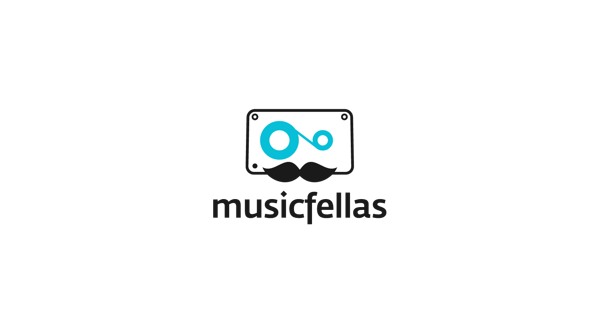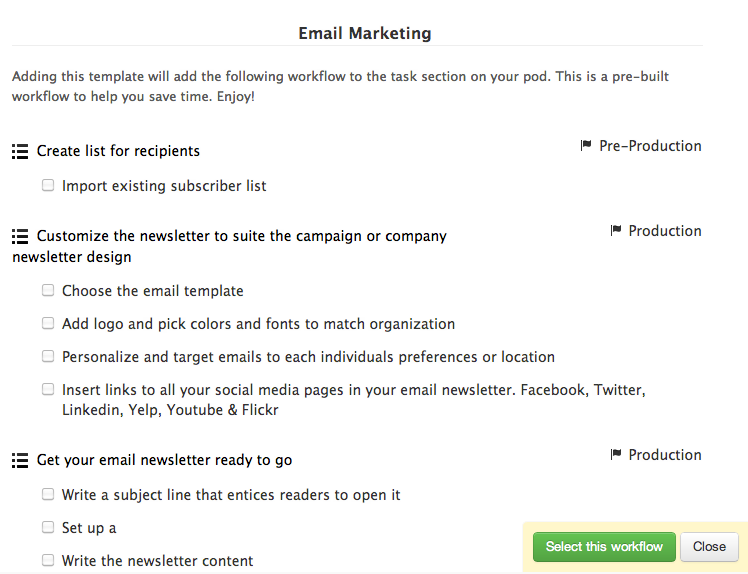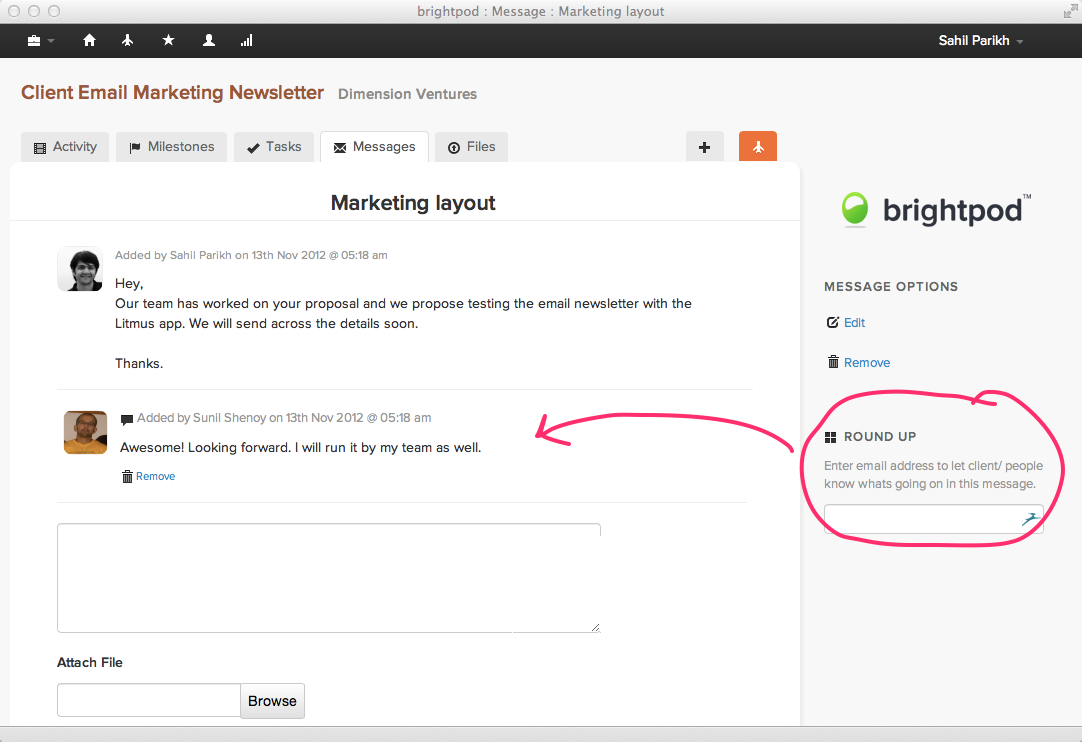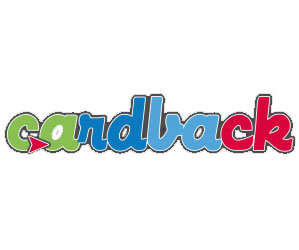The first Indian BarCamp was help in 2006. At this unconference, it was the fortuitous breakdown in managing the distribution of speaker presentations that led to the Idea we all know as SlideShare. Today, we hear their story in an interview with the SlideShare Co-Founder – Mr. Amit Ranjan.
ProductNation: Hi Amit, Welcome to ProductNation. We are really looking forward to hear your story. So please share all the excitement and emotion that you have gone through in your journey as a product entrepreneur.
Amit Ranjan: The team got together in 2004. We were three founders including me of which two were based in the US. We built another product before SlideShare.
We were building an online research application called MindCanvas that had a narrow focus on design, user experience and usability. We started building in 2004 and launched it after eighteen months. We were a team of 7 – 8 people then.
Once launched, it started doing very well. But, what we realized that this product was suited to the B2B consulting space and thus would scale with people and not technology. So that was a disconnect. And we asked ourselves if this is what we wanted to do for the rest of our lives? The Answer – No. So we started looking for other options.
ProductNation: SlideShare, you mean
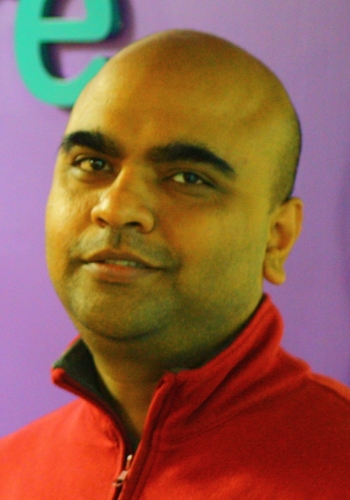 Amit Ranjan: SlideShare as an idea happened at this juncture. The SlideShare idea was born in Delhi itself. Avinash is aware of this. The story goes something like this. We were instrumental in organizing the first BarCamp in India. This was in March 2006 at the Adobe office in Noida.
Amit Ranjan: SlideShare as an idea happened at this juncture. The SlideShare idea was born in Delhi itself. Avinash is aware of this. The story goes something like this. We were instrumental in organizing the first BarCamp in India. This was in March 2006 at the Adobe office in Noida.
A BarCamp is like an antithesis of a conference where attendees interested in a particular topic come together and put up a show. The SlideShare idea was born at that Bar Camp.
As the organizers we found ourselves sandwiched between two groups – presenters and attendees. The presenters wanted to share the presentations and the attendees wanted to have them. So, pen drives were being exchanged and emails with attachments were flying across the BarCamp. At the same time, there were a bunch of guys who had taken photos and videos of the presentations to put it up on YouTube and Flickr.
So, presentations that formed the Centre stage of the conference, their sharing process itself was broken. So, we started looking around if there was an online tool available to share presentations. And we found that nothing existed. So that was the starting point for SlideShare.
ProductNation: Wow. Amit, would you like to talk about your pre-2004 days? How were you thinking about entrepreneurship? Was it something that you had it in yourself? Would you like to describe that journey?
Amit Ranjan: Entrepreneurship has been accidental. It is not something that I had planned. I am an MBA and a mechanical engineer. Post MBA, I worked in the consumer products sales and marketing space. I worked with Asian Paints for four years in the Sales and Distribution function and then with Pepsi. So, I did not come from a technology background. My six year experience in the Corporate Sector was good, just that I could not see myself doing that for the rest of my life. And there was a lot of exciting stuff happening around. It was not planned that way, but when an opportunity came to try something new, we went for it.
ProductNation: Superb. Please tell us about SlideShare journey, the acquisition by LinkedIn and the future plans.
Amit Ranjan: SlideShare was started in 2006. Thankfully, since then we have seen continuous growth. This meant scaling up in technology, hiring a team, which meant funding. The sheer frenetic pace at which the application was growing taught us all about building a startup.
We had an office in Delhi and in the US Bay area. At the time of the LinkedIn acquisition we had 35 people in Delhi and 13 in the US. Delhi team was always dominant.
In terms of the acquisition, we had a relationship with LinkedIn since 2008. LinkedIn has an application platform in which they had invited a bunch of companies. SlideShare was one of them. LinkedIn knew the company and the people. So, a relationship already existed and acquisition was a logical next step. LinkedIn is the World’s largest professional network and SlideShare, a large professional sharing community. We all agreed that there was a strong product level fit. So we began acquisition talks in the beginning of 2012.
ProductNation: Would you put the LinkedIn acquisition as your moment of glory?
Amit Ranjan: The acquisition, the way I see it was a logical step in the evolution of the company. For me, the greatest thing is SlideShare itself that we could build something large and useful. The evolution of SlideShare has always been centre stage. After five years of starting up, in 2012 when the LinkedIn opportunity came by, we saw the possibility of having more resources through a large company to grow SlideShare. And we went with it.
ProductNation: What are the future plans for SlideShare at this moment, Amit?
Amit Ranjan: SlideShare will continue as a LinkedIn subsidiary. Going forward, you will see more integrations being offered to users.
ProductNation: What has been your key learning’s while building SlideShare?
Amit Ranjan: Sharp focus on Design, Engineering and Product Management. The web is changing furiously. Applications are being launched at the drop of a hat. Most die in days. So, if you are in the products space, you have to get on top with Design, Engineering and Product Management. No doubt about that.
ProductNation: Do you have a Top 3 for a budding product entrepreneur? Top 3 things you would like product entrepreneurs to register when approaching a products business.
Amit Ranjan: An engineering culture. In the long run, you need to have a strong engineering oriented culture in the company. Because culture would define a lot of things. It defines the organization itself, the people who join, the way you work, the way you tackle competition and the way you tackle markets.
The product and technology should be built for speed and not initially for scalability. This way you can focus on acquiring users, initially. There are cases where products optimize for scalability but struggle with the initial traction.
Thirdly, access to strong mentors. At SlideShare, we had some great advisors and mentors who really helped us think clearly. Having a bunch of good advisors really helps.
ProductNation: Amit, can you please explain this tradeoff between speed and scalability with an example, if possible?
Amit Ranjan: Technical example – Databases. Relational databases hit a wall when hitting a certain number of users. But, it is easy to find talent for relational databases. So, when starting off why bother optimizing with some other database. Scalability is a Rich Man’s problem.
ProductNation: Superbly put and aptly summarized. Amit, you have been in the products space for a while. Do you see entrepreneurs committing mistakes and it’s too late before they even realize it?
Amit Ranjan: Difficult to generalize. If you ask me personally, if I start again, would I do things differently. The answer is YES. And it would be Time Management. When building a startup, there is a lot riding on the entrepreneur. Looking back, I reckon if I had hired senior / specialized people for a few functions, I could have focused time on the product. That is one area, where I could have really done better.
ProductNation: Amit, how much did the US presence, being in the valley help SlideShare?
Amit Ranjan: I wish I could make a claim that SlideShare is completely an Indian company. Unfortunately that’s not correct. Our origin has a mix on India and US. The product was born in India, two of the three founders are Indian, the majority of the team is in India, but the company was headquartered in the US as the business was more US centric. Having a presence in the Bay Area and being connected to the early adopter crowd there is a great advantage. But unlike our times, now in 2012, an environment is now available in India.
We had Dave McClure as a mentor and there was no way we could have accessed him in India in 2006. But now Dave McClure’s fund is extremely active in India. They are looking at opportunities. So entrepreneurs in India now have the opportunity.
ProductNation: Before we let you go, you have to take this one. Name Top five hot products from India.
Amit Ranjan: Oh gosh. While a lot depends on how you define a product, but I would like to mention Zoho, InMobi, SlideShare. There are some smaller startups that are creating a global impact like Fusion Charts, Visual Website Optimizer.
ProductNation: Last question. What is next for Amit Ranjan on the professional front?
Amit Ranjan: I am part of LinkedIn. I continue to head the Delhi office of SlideShare. With the LinkedIn angle, we want to take SlideShare to the Next Level. That goal stays and I work as hard as before. Being part of LinkedIn, we have a better chance with access to resources and talent. So I am busy.
Product Nation
Amit, thank you for talking to ProductNation. Good luck to you and your team



